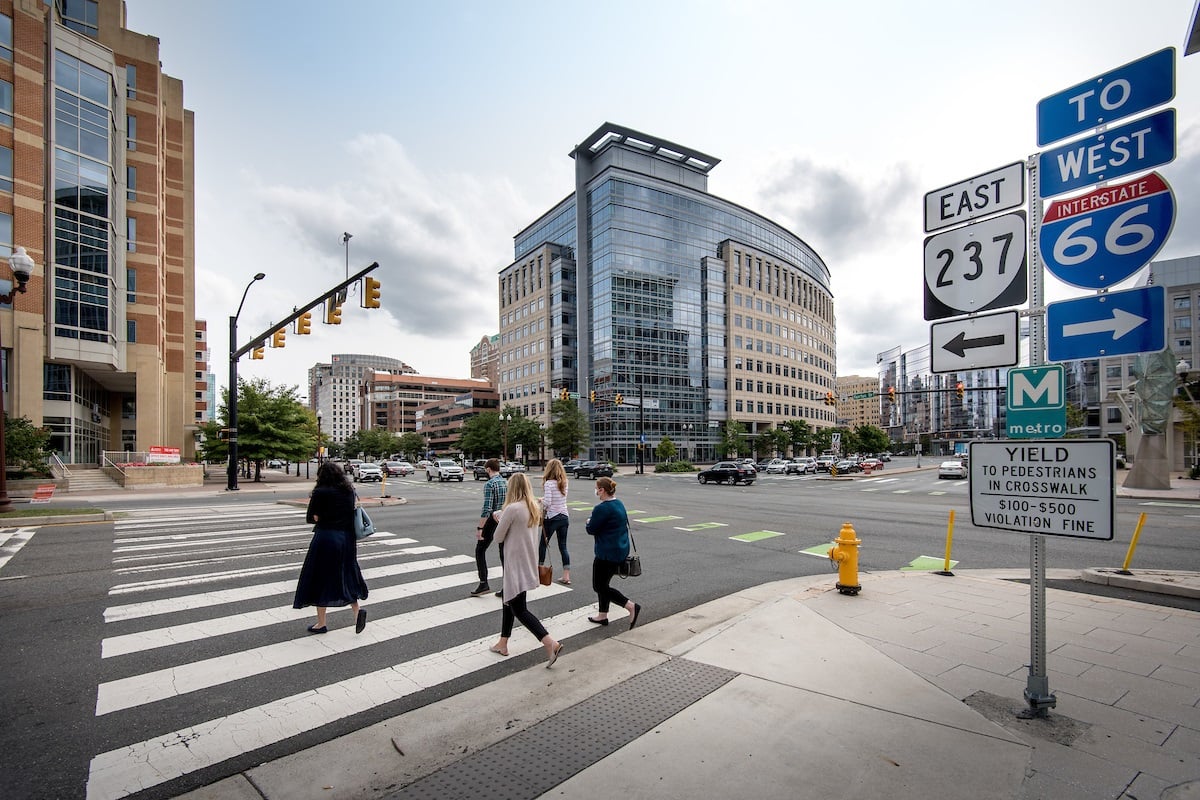As we enter into 2022, organizations may be looking for ways to grow and expand but also recognizing the need to reduce or reallocate expenses. Identifying where your organization can cut costs may be especially daunting as pressures mount to retain staff, return to the workplace, and achieve organizational priorities and goals.

Luckily, there is one area savvy organizations can look at to save on costs while expanding programs and benefits that boost retention and productivity to better carry out your mission. However, it isn’t usually the most obvious - the answer may simply lie in your commuter programs. We’ll look at a few ways your commuter programs can help you accomplish more for your staff and bottom lines while spending less.
Analyze Commuter Benefits vs. Parking Costs
If your workplace provides employee parking, you may be spending more than you need on related costs. Providing monthly parking is a sunk cost, meaning you’re paying the same price regardless of actual usage. By comparison, when providing a subsidy for transit at the same rate, you only pay for the amount employees actually use during a given month.
This is particularly important in the world of hybrid work where employees aren’t commuting to the office every day. As an example, let’s look at an employer who provides $150 per month for employee parking, or $150 per month for employees who take transit, and requires employees to commute 3 days per workweek and telework the other two. This organization will spend the $150 per employee that parks regardless; whereas if we assume that employees who use the transit subsidy spend $8 each commuting day on average, that’s only $96 per month and an average savings for the organization of $54 per person monthly.
Employer-subsidized parking is shown to increase driving rates among employees which can have strong impacts on your bottom line. Arlington Transportation Partners (ATP) conducted an analysis of one organization’s parking program which showed employees who lived within five miles of their worksite and drove to work cost the employer more than $92,000 per year in parking. All of these employees had other commuting options which could lessen the financial impact on the employer.
ATP recommendation: Provide a commuter benefit
Offering a commuter benefit at an equal or higher amount than your parking benefit can encourage individuals to utilize sustainable modes of transportation and save your organization money on parking. Can’t afford to provide a monthly subsidy for transit? That’s ok! Offering a pre-tax commuter benefit still saves your organization on state and federal payroll taxes. ATP can provide support to implement or enhance a commuter benefit, including connection to vendors, policy development, and promotion.
Save on Health Care with Bike Benefits
Health care costs for employers have been on the rise, increasing from $12,501 per employee in 2020 to approximately $13,360 in 2021, and that’s no different in 2022. This year, employers expect health care plan premiums to increase around 5% according to SHRM. However, while the cost of providing health care for employees is rising, workers’ share of the cost isn’t, meaning employers are shelling out more money to support employees’ needs for health care.
One strategy employers typically incorporate to help curb employee health care costs is promoting a healthy workplace. Biking is known to have numerous health benefits, including lowering an employee’s risk of developing cardiovascular disease and cancer, by 46% and 45% respectively. Additionally, moderate physical activity (such as biking to work) saves 5-12% on annual healthcare costs, compared to 6.5% saved from employees who don’t smoke. Finally, as organizations begin to focus in on their team’s mental health, people who commute by bicycle are shown to have higher rates of happiness and satisfaction, better well-being, and less stress.
ATP recommendation: Offer a benefit for biking or bikeshare
Organizations can create a bike benefit to provide a monthly stipend that supports employees who bike (or walk) to work part of or most of the month. ATP can help determine your organization’s opportunity for a bike benefit, design the program, and promote it to employees. You can also offer discounts on annual Capital Bikeshare memberships which only costs you a maximum of $50 per year per employee sign up while making memberships free or steeply discounted for employees.
Don’t Lose Employees Due to the Commute
It’s no secret that employee turnover is associated with large costs stemming from productivity loss, team morale, recruiting time, and money spent on job advertising. The cost of replacing an employee can range from one-half to two times an employee’s annual salary as a conservative estimate.
Research from Robert Half found that nearly 25% (one in four) of workers have left a job due to a bad commute. This is increasingly important to think about for organizations looking for employees to return to the office following COVID-19, as those with lengthy or stressful commutes who haven’t had to experience sitting in bumper-to-bumper traffic on a Monday morning in over a year may be negatively impacted by decisions to return to the office.
ATP recommendation: Expand flexible workplace programs
Organizations should consider enhancing telework and flexible work arrangements to decrease time and days spent commuting while also focusing on increasing commuting options covered by their commuter programs and benefits so that employees feel empowered with choices. Increasing these programs can not only help you retain employees but also recruit new ones, providing enhanced work-life balance and expanding your geographic and demographic reach. ATP can help implement or expand flexible workplace programs, such as telework, with assistance from Telework!VA, or advise your organization on competitive commuter programs and benefits and help from implementation through promotion.
Start Enhancing Your Programs
Ready to start saving on employee retention, facilities/operational costs, and health care while still offering benefits and programs that expand your sustainability, equity, and employee engagement initiatives? Click below to find out more about the various complimentary services available to you then reach out to ATP and receive customized, expert support from start to finish so you can re-focus on executing your organization’s vision and mission.
Photo Credit: Sam Kittner/Kittner.com for Arlington Transportation Partners


